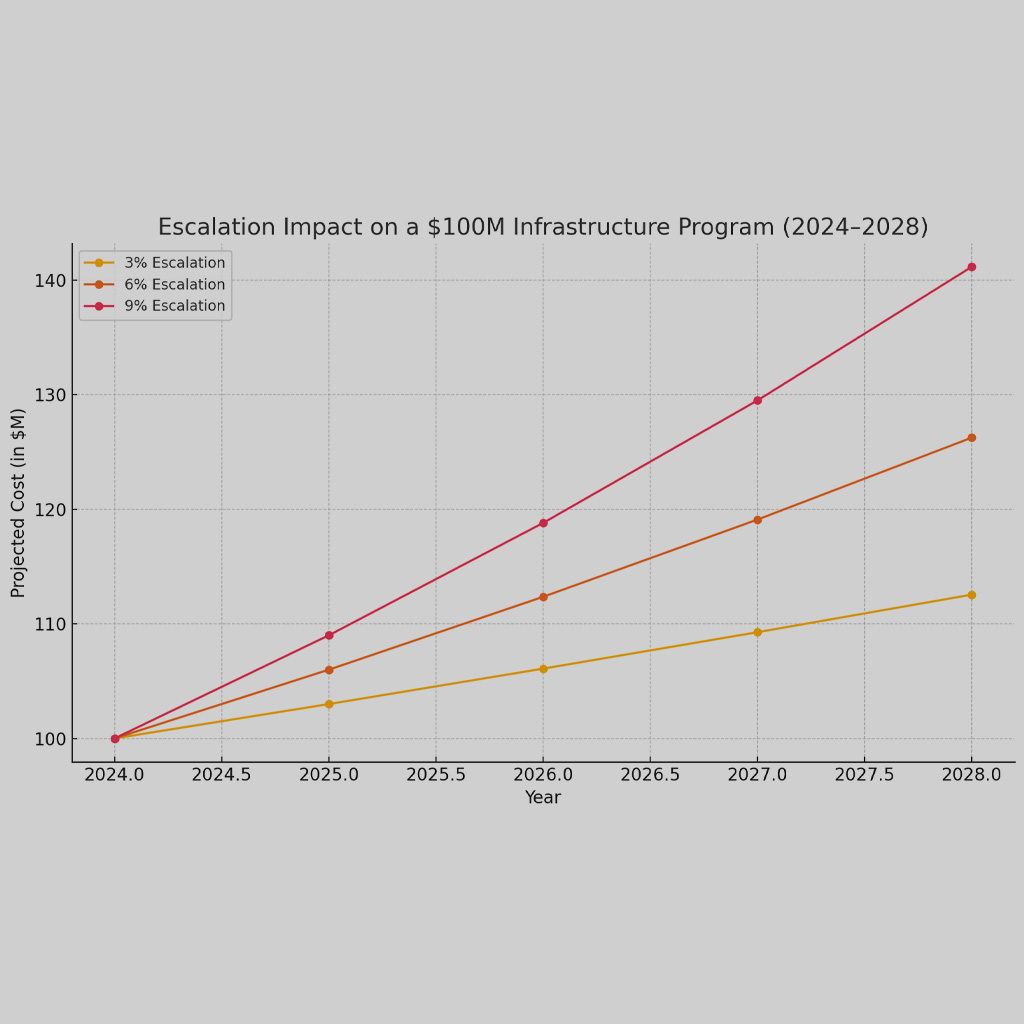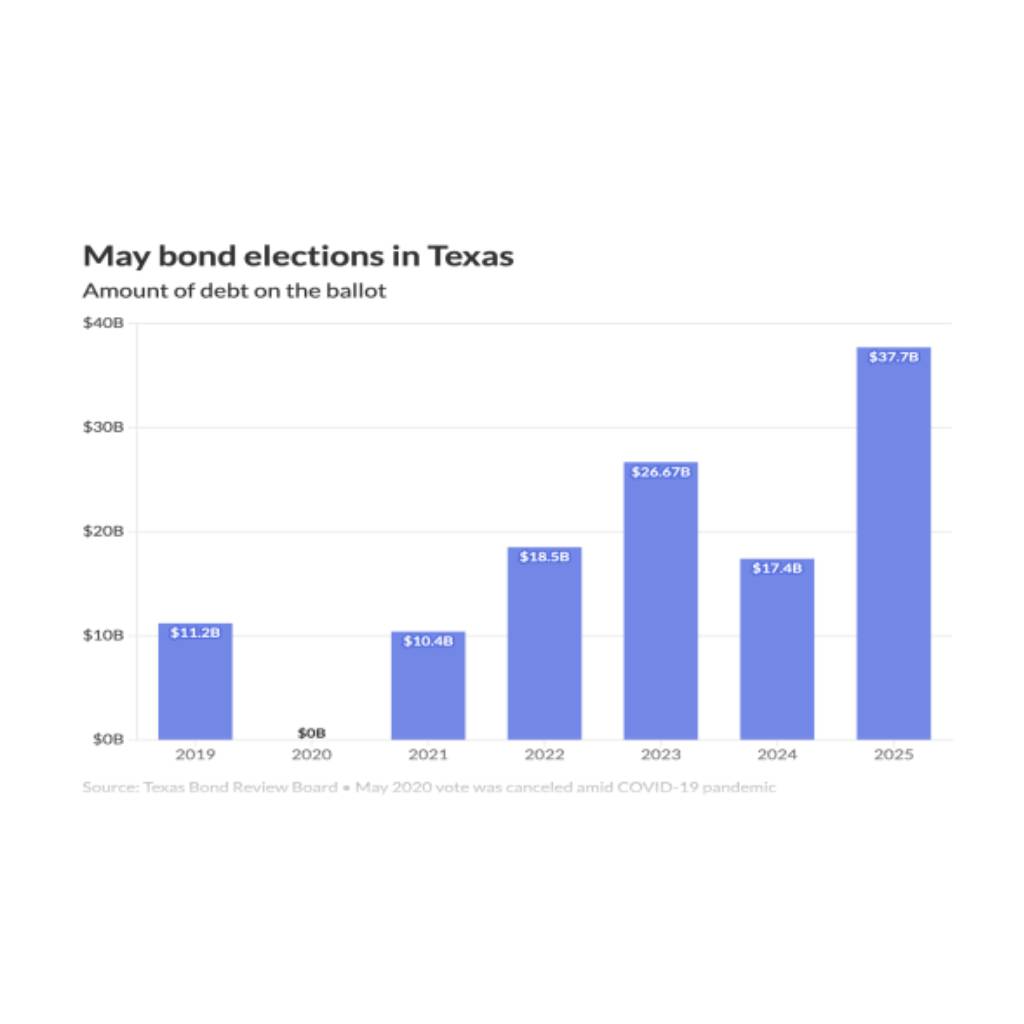Change management initiatives are crucial for organizations that aim to implement new processes, systems, or structures. These initiatives can be difficult to execute and are often susceptible to failure, but to increase the chances of success, it is essential to:
Define Clear Goals and Objectives
Without clear targets, it is difficult to communicate the “why” behind the initiative, measure the initiative’s success, or secure the buy-in of stakeholders. When developing the goals and objectives:
- Involve stakeholders: Engage key stakeholders in the planning process to ensure the objectives and goals are easy to understand, relevant, and aligned with their needs.
- Define SMART goals: Use the SMART criteria (Specific, Measurable, Achievable, Relevant, and Time-bound) to define clear and actionable objectives and goals that can be tracked and monitored.
- Communicate the goals: Communicate the objectives and goals clearly to all stakeholders to ensure that everyone is on the same page and understands the purpose of the initiative.
- Monitor progress: Determine the variables that need to be monitored to determine the project’s level of success during the initial planning stage, establish a baseline for these variables to compare against future data, and regularly monitor these variables throughout and after the project.
Communicate Effectively
Communication is key in any change management initiative, because it minimizes frustration and confusion among stakeholders that lead to resistance and decreased morale. To enhance internal and external communication:
- Clearly define roles and responsibilities: Ensure everyone involved in the project understands their role and responsibilities to include what and when they are responsible for communicating with stakeholders.
- Develop a communication plan: Develop a detailed communication plan that outlines the frequency, method, and content of communication to both internal and external stakeholders.
- Foster two-way communication: Encourage internal and external stakeholders to provide feedback and ask questions. This will help to ensure everyone is on the same page, and will inform the team if changes are needed to the communication plan or the overall initiative.
- Use multiple communication channels for external communication: Use a variety of communication channels, such as emails, newsletters, meetings, and webinars, to reach external stakeholders. This will help to ensure the information reaches a wider audience. Try to limit internal communication channels to one digital and one face-to-face method, so there is more organization and fewer variables to juggle.
- Provide training and support: No one likes to be surprised by change, so no matter how little the change, there should be some form of training given to stakeholders beforehand, such as demonstrations, reference materials, or an announcement.
Build Support
Resistance to change is a natural part of the change management process and can quickly become a major roadblock if not addressed properly. To minimize resistance:
- Involve stakeholders from the start: Involve stakeholders in the planning process to ensure that their concerns and needs are taken into account. This will help to build buy-in and reduce resistance.
- Be transparent and regularly update stakeholders: Keep stakeholders informed of the progress of the project, any changes or challenges, and the next steps. This will help maintain the support of stakeholders by keeping them engaged and informed.
- Be flexible: Be open to feedback and willing to make changes. Progress and improvement is the most important consideration, so It does not have to be perfect the first time. Small concessions can result in exponential and much needed stakeholder support.
- Celebrate successes: Celebrate all team and individual successes, small and large, along the way to reinforce desired behaviors and build momentum and support.
Effective change management requires a comprehensive approach, taking into account all stakeholders and addressing the challenges that arise during the implementation process. With the right strategy, change management initiatives can lead to improved processes, systems, and structures that benefit the organization and its stakeholders.
At Front Line Advisory Group, LLC, we are providing change management services to help municipalities collect and analyze data, improve stakeholder communication, leverage technology, develop training plans, and more. We believe these are the most effective and affordable ways for municipalities to scale their capabilities. Contact us for more info at info@frontlineadvisorygroup.com.













